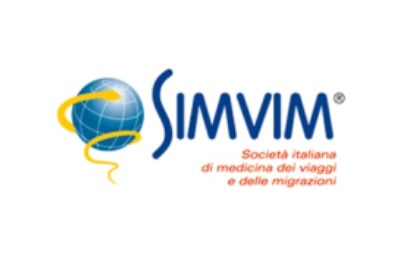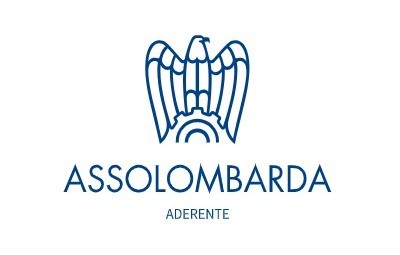Pertussis (Whooping cough)
Pertussis is a bacterial disease, also called the "100-day cough" because of the duration (10 or more weeks) of the main symptom. In circulation since at least the 16th century, pertussis is one of the most serious childhood diseases. In fact, while rarely serious in adults, it can be fatal in children.
CAUSES
Pertussis is caused by Bordetella Pertussis, a Gram-negative, aerobic, egg-shaped bacterium (cocco-bacillus), which was first isolated in 1906.
The bacterium colonises the epithelial cells of the lungs, where it disables the correct functioning of the cilia, which are responsible for removing debris from the lungs. This results in the typical cough that is the main symptom of the disease. In addition, one of the toxins produced by the virus weakens the immune system, which complicates the healing process even further.
TRANSMISSION
Whooping cough is an airborne disease, often spread by droplets (small particles released by the respiratory system when a person coughs, sneezes, or even just talks). According to some studies, contact with these droplets leads to infection in 90% of cases.
GEOGRAPHICAL DISTRIBUTION
Despite the introduction of a vaccine in 1940, whooping cough is still a serious problem in developing countries, even today. There are an estimated 16 million infections and 58,700 deaths each year.
SYMPTOMS
Normally, the incubation period of pertussis is approximately 10 days.
Initially, the infection manifests in two stages, with a persistent and intense cough that is initially catarrhal, which lasts for 1 to 2 weeks, and then becomes paroxysmal with respiratory crises, such as apnoea and cyanosis. Complications, particularly in children, are due to bacterial superinfection, which can cause otitis, pneumonia, and encephalitis. Infection mortality is higher among children under one year of age.
DIAGNOSIS
Diagnosis is extremely simple in the paroxysmal phase, when clinical features are obvious, which makes the illness easy to identify with a routine examination. However, it is much more difficult to identify during the initial stages, when symptoms are nonspecific. To aid identification, a swab test taken from the nose and throat can be used to detect the presence of the bacteria.
TREATMENT
Treatment depends on a number of factors: chiefly age and severity of the symptoms. In new-born babies, hospitalisation is necessary, with treatments such as fluid supplementation and mechanical ventilation, while in adults who have not yet reached the paroxysmal stage, antibiotics (erythromycin, clarithromycin, and azithromycin) can be used. In other cases, no specific treatment is foreseen.
PREVENTION
The only effective tool for preventing the disease is vaccination, which has been mandatory for children in Italy since 2017. The vaccines are available in combined trivalent (tetanus, diphtheria, whooping cough), tetravalent (tetanus, diphtheria, whooping cough, polio) or hexavalent (diphtheria, tetanus, whooping cough, hepatitis B, poliomyelitis and haemophilus influenzae type B) form.





